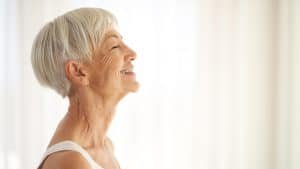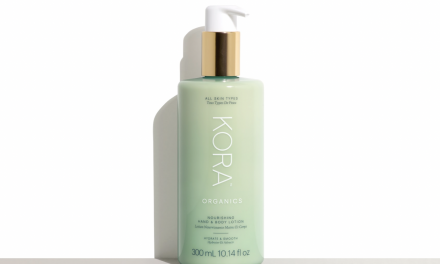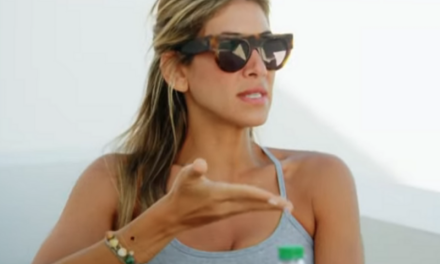
You have probably found that after reaching 60 you have a little more time to do things you have always wanted to do but never got around to pursuing. Many of us have more time for family, friends, hobbies, travel, and other pleasures.
One item often overlooked is giving yourself time to relax. I am not speaking of rest, vacation, or sleep. My focus is a total relaxation with attention to breathing and visualization.
Several studies have suggested that using relaxation techniques can be beneficial for people of any age. Since 60 is a stressful milestone, these techniques can help calm your mind and body.
Relaxation, along with other physical activity, can help reduce everyday stress, lift up your mood and energy, and improve your mental and physical health.
So, what should you expect when you practice relaxation methods? Responses can include improved heart rate and blood pressure, slower breathing, relaxed muscles, and increased blood flow to the brain.
Anyone can achieve these benefits along with increased energy and focus, improved motivation and productivity as well as comfort for minor aches and pains.
You can do most of these techniques on your own, and the following are steps to get you started on your journey to total relaxation. As always, consult with a physician before any exercise, and if you have heart or respiratory issues.
Set the Stage
Begin by finding a quiet, dimly lit room with space to lay flat on a mat. If you prefer, you can sit with your back against a wall. Adjust the room temperature for your needs. If you believe it may be too cool, wear warmer clothing or have a light-weight blanket.
I recommend background music, but the selection should be soft. Outdoor sounds such as ocean waves, rain, or anything quiet that allows you to be mindful of your breath and body would be suitable examples. There are many types of selections available to download depending on your taste.
Breathing
Get comfortable on your mat. Close your eyes and focus on your breathing. Inhale through your nose and exhale from your mouth. Listen to your breath. Think about how you are feeling more at ease. Listen to the sounds around you as you inhale and exhale.
Body Release Exercise
Once you feel at ease, take a moment to assess your body. Make a mental note of any tension and tightness. Make sure you are feeling at rest. Your arms can be at your side or on your abdomen. Let your legs feel relaxed and open.
If your neck feels uncomfortable, add a small rolled pillow underneath it for support but keep your head straight with your body. Take your mind to the top of your head and imagine the hair on your head relax.
Imagine a warm liquid flowing through your body beginning at the top of your head and working its way down to your toes. Notice if there is any tension and feel those areas softening.
As you continue breathing, imagine the warmth flowing through your fingers and out your toes. With each area it covers, think how your body is relaxing, all tension is dissolving, and you feel as though your body has melted into the floor.
Visualization
Once your body is at a full state of feeling relaxed, think about a place you enjoy, where you feel safe and happy. It may be at the beach, in the mountains, at a lake, or a special place known only to you.
As you think about this place, note the sounds and the colors. Are there flowers, clouds, or wind? Do you feel or taste anything? Take in all the details of the area as you look around and breathe. Think how wonderful it is and what a special place you’re in.
Take a moment to think about any stress or worries you have and how they are flying away in a balloon, with a bird or butterfly. You can watch it until it disappears. Enjoy the time here and feel the total relaxed state.
Return
Once you are in a total relaxed state, engage your body by opening your eyes. Take a moment to wiggle your fingers and toes then stretch more deeply in your current position.
Turn on your side for a few moments as you get more focused on your body and feelings. Once you feel ready, you can sit up slowly, take a few cleansing breaths, and then stand when you feel comfortable.
Positive Reinforcement
Finish your total relaxation exercise with a positive reinforcement statement such as, “I have the power to take care of me, and today I gave myself a gift.”
As you practice your technique, you will find it will become easier and your body will respond quicker. The benefit over time will be worth the effort.
“I’ve let my body soften. I’ve let it relax.” – Wendy Whelan
What techniques do you practice to relax your body and mind? How often do you practice them? What place do you imagine yourself to be in during your relaxation? What scents do you smell and what sounds do you hear? Please share them in the comments below!





